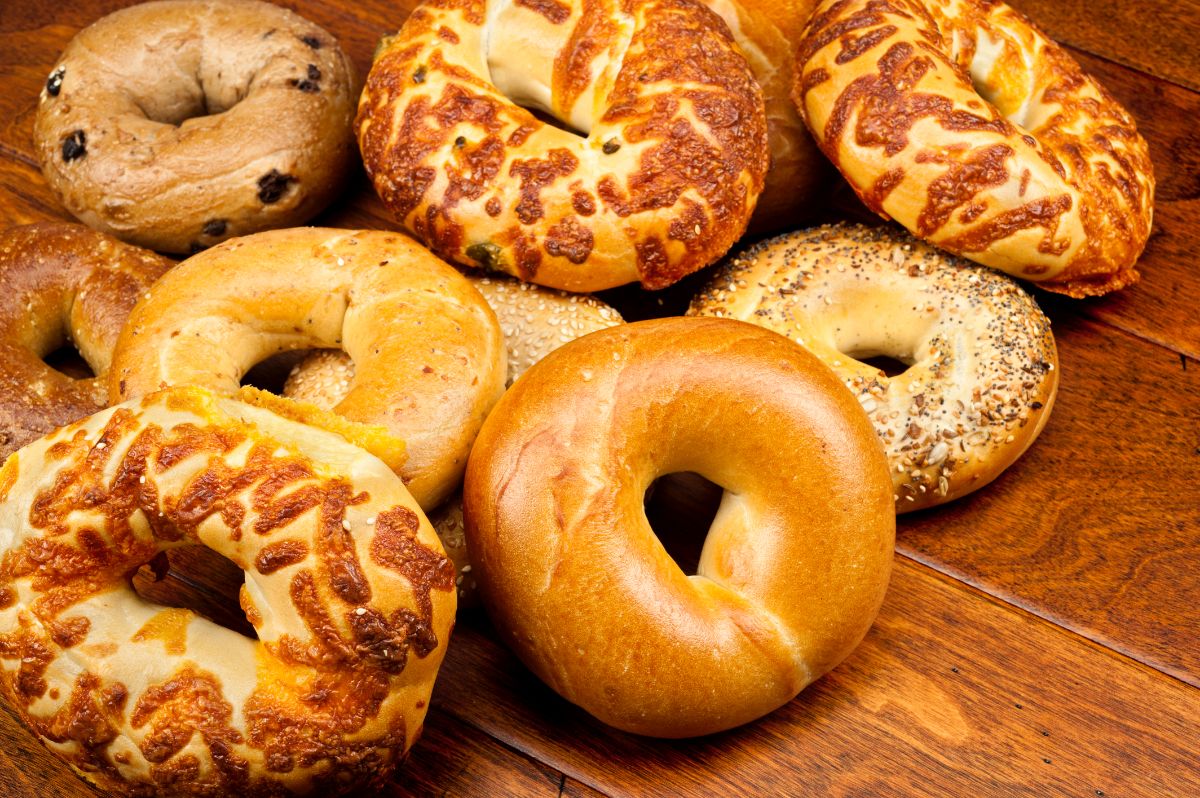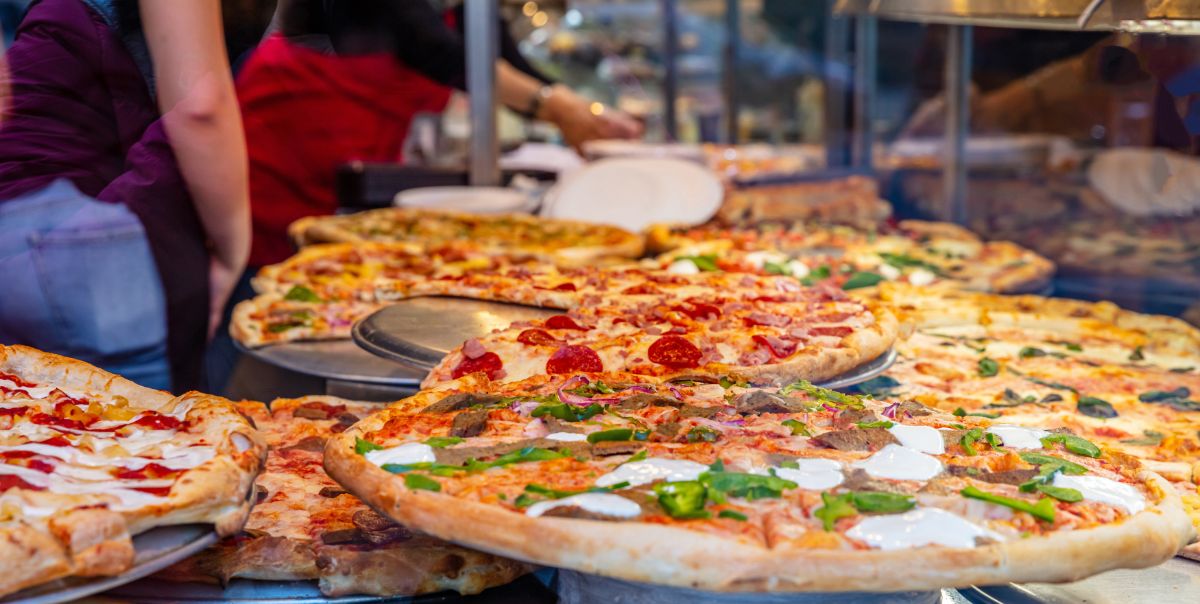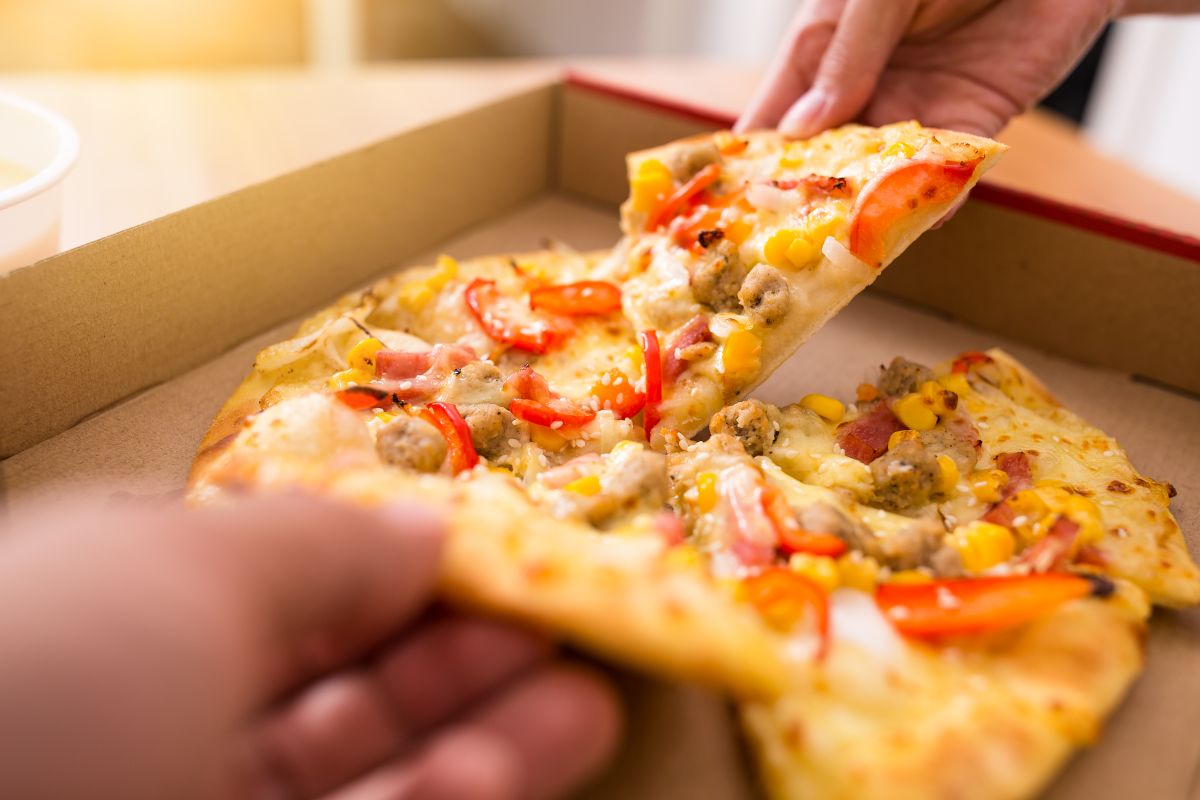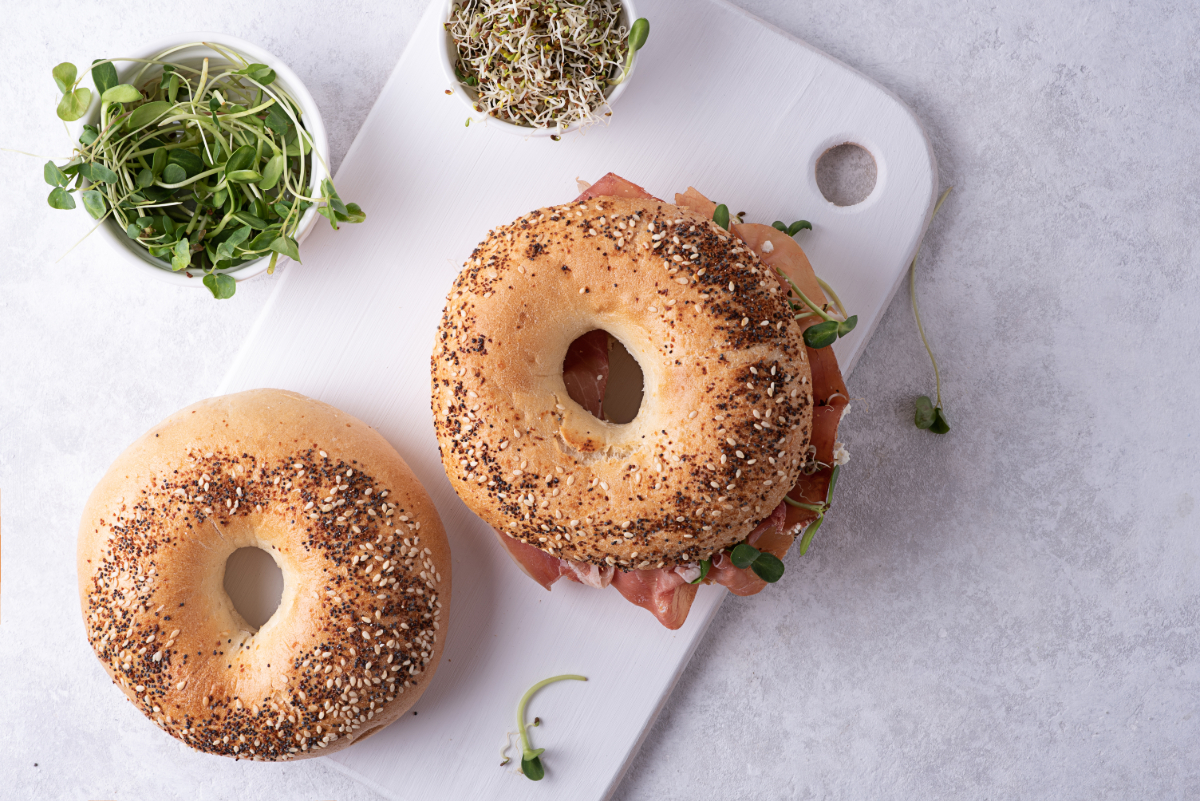What’s the difference between bagels vs pandesal?
- How You Can Enjoy Them
- Ingredient
- Method of cooking
- Usual toppings and fillings
- Healthiness
Right now, the breakfast classic of all Filipinos is the delicious pandesal. This tasty salted flour roll is a part of each Filipino’s breakfast table, no matter who they are or how they live — whether they’re rich or poor, pandesal will always be there at breakfast. While the bread roll is a breakfast staple for good reasons, there are plenty of options to eat as alternatives. Since pandesal has already made its place as a breakfast food, perhaps it’s time we explore other breakfast options — like bagels!
There is not much going on in the bagels vs pandesal debate as bagels are not as widely available in the country as pandesals are. Bagels are breakfast foods that are already recognized and widely eaten in other countries such as the United States, with the best bagels coming from one of the most well-known cities in the country. We Filipinos would quickly associate bagels with donuts because of their shape, but they’re different in many ways.
Comparing bagels and pandesal is a worthwhile endeavour as bagels deserve more attention here in the Philippines. What exactly makes bagels a good breakfast food, especially as compared to pandesal? Here, we take a look at the key differences between the two breakfast favorites. Keep reading!
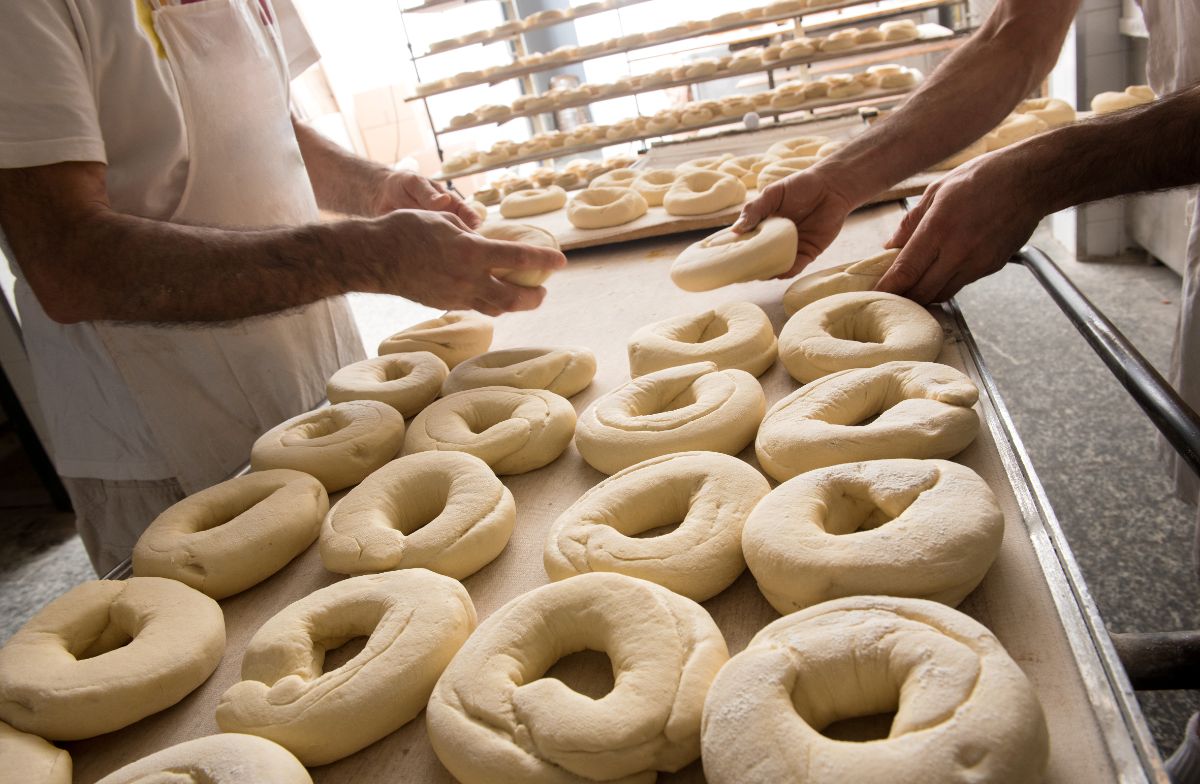
How You Can Enjoy Them
The name pandesal is derived from the Spanish phrase pan de sal or salt bread. Despite being made with salt, the taste of pandesal is more on the sweeter side even when consumed plain. It has a soft texture with a slightly crunchy crust, depending on how toasted you wanted it. On the other hand, bagels are similar in the sense that it has a crisp exterior with a slightly chewy interior. It is also sweet with some hints of saltiness.
As you can imagine, pandesal is best served with a cup of coffee or hot chocolate. People often dip their pandesal in their hot drinks before eating. Plain bagels are especially tasty with these morning drinks as well. The difference is that you wouldn’t have all the messy grains form the pandesal, plus a bagel is easier to hold!
While both bagels and pandesal are primarily breakfast food, they can also be eaten on other times of the day. Pandesal is often eaten in the morning, at midday, and in the afternoon as snacks. Bagels can be eaten anytime because this energy-filled snack can be topped or filled with savory treats, and yes, they can replace meals if needed.
Ingredients and Cooking
The basic ingredients of these bread-based snacks are also quite similar. Pandesal ingredients include yeast, flour, milk, salt, and sugar. On the other hand, bagels are primarily made of flour, salt, yeast, and water. The best bagels are made with whole wheat, like Bogels N.Y. Whole Wheat delight.
Once the ingredients of pandesal are properly shaped and prepared, they are baked in a preheated oven. Bagels are boiled first before getting baked, giving it the shiny texture it usually has.
Usual toppings and fillings
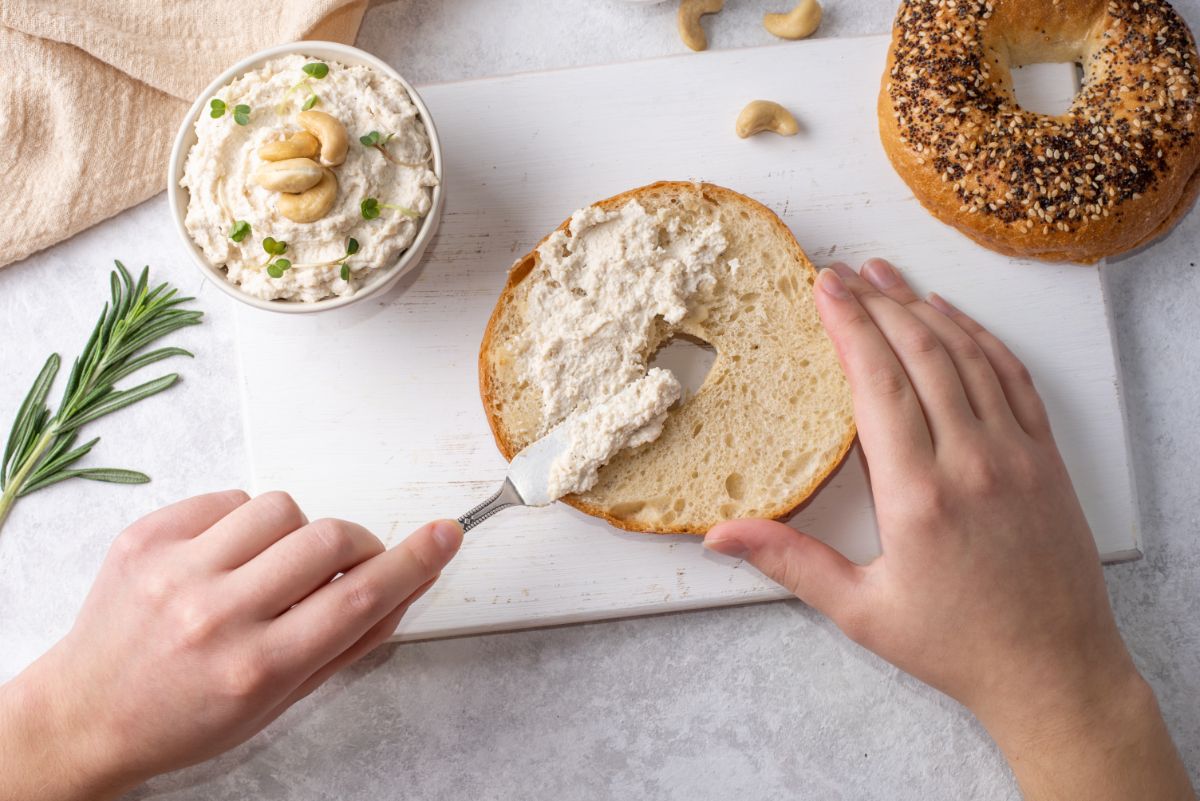
Both pandesal and bagels can be eaten with a wide variety of toppings and fillings. As mentioned earlier, the typical way that most Filipinos eat pandesal is just plain with a side of coffee or hot chocolate. But pandesal can be sliced in the middle and become a sandwich as well. It can easily be levelled up with sandwich spread or other fillings —the most common of them are peanut butter, Nutella, mayonnaise, jam, liver spread, eggs, and some combinations of those mentioned.
Believe it or not, the versatility that pandesal seems to have when it comes to fillings does not match the bagel’s compatibility with almost anything. You can add toppings to bagels or you can turn them into sandwiches as well. You can give it a sweet flavour by topping it with peanut butter, cream cheese, or Nutella, and you can even add bananas to the mix. You can choose a more savory flavour by adding smoked salmon or lox, something that is not typically enjoyed with the pandesal. You can check out our suggestions of some amazing bagels to try here!
Healthiness
One of the reasons why both bagels and pandesal are good breakfast foods is the fact that they give plenty of energy. Typically, 1 bun of pandesal has 113 calories, while 100 grams of bagels have 250 calories. You might think that that’s too much, but remember, you need calories too! Eating bagels in the morning will give you more energy throughout the day as you burn those calories through daily activity. Moreover, if you eat enough in the morning, you could eat less in your other meals.
Another health benefit of bagels is that the whole wheat varieties are rich in dietary fiber and antioxidants. These could help with your digestion. Whole grains also have nutrients such as iron, selenium, and magnesium, all of which offer protection from some diseases like diabetes, cancer, and obesity.
Key Takeaway
While bagels may never overtake or replace pandesal, it still holds a place as one of the best breakfast alternatives to pandesal. Choosing between bagels vs pandesal is not an absolute choice. You can always have one today and the other tomorrow, depending on your preference. But because of its combination of taste, versatility, and healthiness, bagels should still be an option for us Filipinos.
At Jimini Foods Group, we carry many Winning Brands of food, even bagels! Bogels N.Y. boasts the Whole Wheat Delight bagel, the healthier variety of bagel! You may find them in supermarkets, carts/kiosks, and even online! To learn more about us, follow this link!
